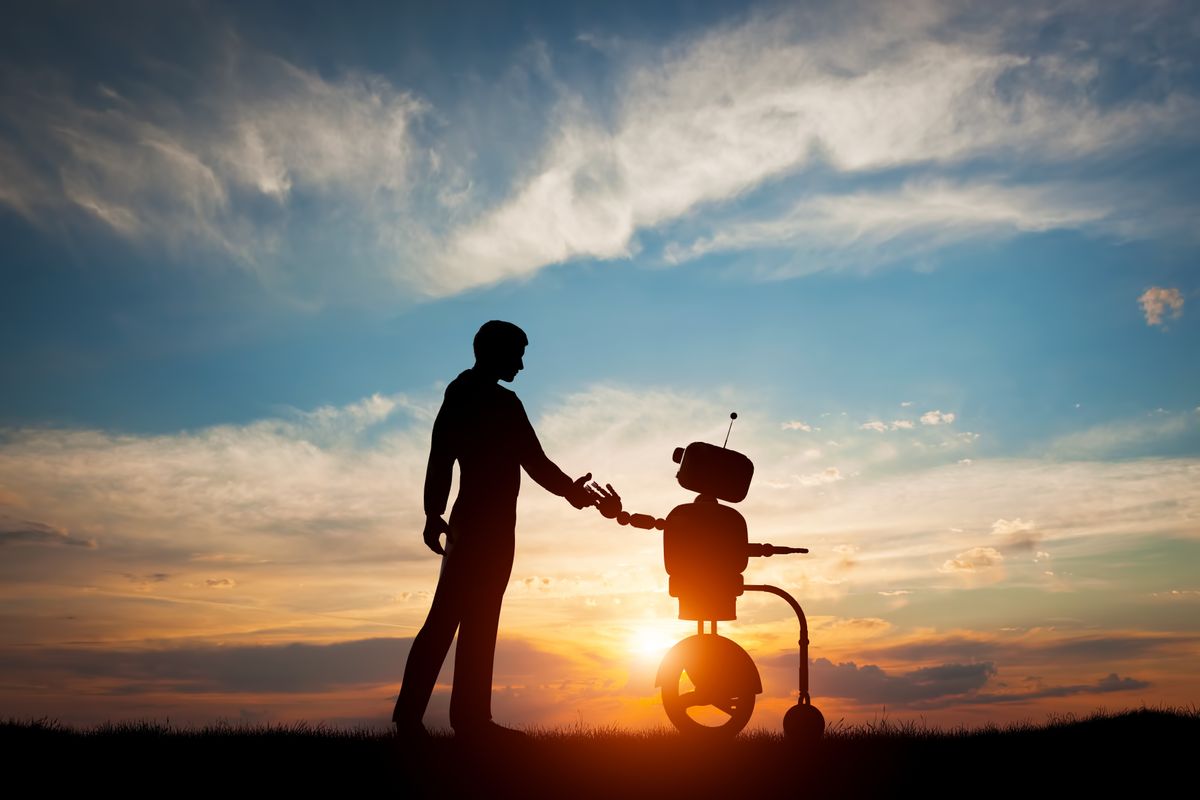Understanding Psychology Behind Chatbots

Chatbots are becoming popular among digital marketing services as a tool to reach out to the customers for the marketers. That’s the reason people are getting used to them day by day. However, when we think about why we’re into chatbots, we can consider psychology and human nature behind it.
Possible Psychologic Effect and Related-Human Nature Behind Chatbots
Human nature is solving problems through conversations. Based on that fact, we can say technology is developing upon this idea. Think about the apps which are successful right now, Whatsapp, Facebook, Instagram, Twitter, Snapchat, Slack, and many more. Those apps are all built on people communication and connection. Before that, emails were there to solve problems. Still they are. And now chatbots came to the scene.
Before chatbots, as you may guess, all the technologic developments were to connect people and help them solve their problems on those platforms. Now it’s a little bit changing. Chatbots are getting us solve our problems with an artificial intelligence bot. This is getting strange. In the future, will be talking to robots and will they do everything for us? These are the trendy questions in these days. However, there’s more beyond that questions. Why do we need bots or robots actually?
Are we getting lonelier?
As the world is evolving to a different place and with the millennials it is really changing to a place where everyone is on their own. Think about Her movie. The man was living alone and he needed someone to talk to. Or if you have not watched the movie Ruby Sparks, watch it, you’ll understand what it’s told to be needed. Black Mirror’s one episode, or Transcendence movie. All these science fiction movies or series tell us something that we’re going to: We’re getting connection with the machines when we feel lonely. These are same with the bots, maybe not now but in the future.
When I look around, I see a lot of people living lonely with their cats or dogs. Divorcing rates are increasing, parents can divorce easily without thinking their children. The causes can be discussable, but the results are obvious. People are more happier than being together nowadays. While we’re getting to live in this situation, we’ll of course need someone to talk to. We’re social creatures even though we maybe do not live with anybody else.
Now you can spend time in your app without noticing how much time has passed checking on social media. With chatbots on our daily basis, in a couple of years maybe we’ll be talking to chatbots for fun or just sharing our problems and not noticing how much time has passed by talking to them. These days are coming. Now chatbots are here to solve our problems: supporting customer relations, calling for a cab, reading news on the platforms we use most. What’s more, as chatbots will be sneaking into our lives, we’ll not even notice how we’re connected to them, because we have a human nature which causes us to want to be alone and not be alone in the same time.
What about chatbot side? Are they lonely, too?
Of course not. They’re machines that we program what to tell and how to behave. However, if we’ll feel connected to them as to a human, we need to feel them in a humanian behaviors. Human brain is working in a way that inside sub-units always fight against each other to generate a reasonable answer and output. These outputs produced by our brain are optimum ones. Same as human brain, in order to create a breakthrough for developing thinking bots, we need to figure out the ways of nature spontaneously finds the optimum.
On the chatbot side, we can think them as if they’re human. The only way to create a human-like chatbot is to understand and apply who a brain of humanbeing can work. If we want to create and maintain successful chatbots, first of all, we have to overcome the obstacles to build a system (same as brain) which has overlapped sub-units trying to produce solutions continuously and have these overlapped sub-units encounter each other to generate the optimum solution, not just we need to create sub-units trying to resolve the problems by theirselves one by one. Overlapped sub-units can bring smart approaches for unexpected occurring problems.
When programmers encounter problems, they act as if they can solve the problems with the way there’s a one best way and it’s supposed to be solved in that way. However, what we learn from biology is that there is way to solve the problem by developing different sub-units which attack from different approaches. Then the solution comes by after the attack generates the output.
‘’Develop solutions with the method of revolution and if you catch a good one, do not stop.’’ David Eagleman
In order to create a good chatbot, we need to understand the revolution and human biology first. We need to observe that we think in the way we have rivalry system within ourselves to create a solution. None of the computers does this even if they have a lot of special units inside. The units don’t comprise or discuss each other to form a unique decision or solution. They try to solve the problem where it occurs. If we benefit from our biologic system mindset, we can see that chatbots can be produced upon an AI system which can comprise and discuss and generate a conclusion. This can make users feel as they are totally talking to a human.
If you would like to get notified about our articles, you can follow our Twitter profile or Facebook page.
At Botanalytics, we help your bot be awesome by providing conversational analytics. We’d be happy to boost your bot’s performance. Sign up for free to enjoy our rocking features!
